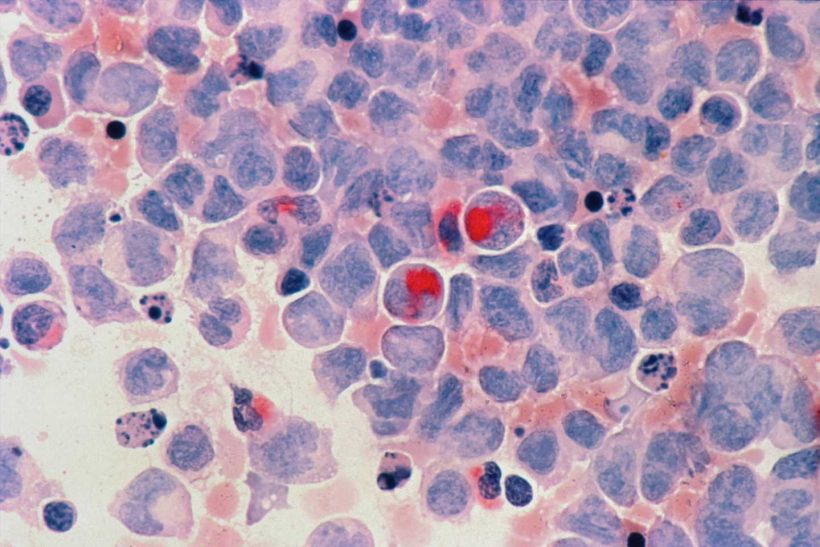
More-effective therapies are greatly needed for children with the high-risk blood cancer T-cell acute lymphoblastic leukemia (T-ALL). St. Jude Children’s Research Hospital scientists have leveraged the latest chemical technology called a proteolysis targeting chimera (PROTAC) to develop a drug for these patients. The findings were published today in Science Translational Medicine.
Previous research led by co-corresponding author Jun J. Yang, Ph.D., St. Jude Departments of Pharmacy and Pharmaceutical Sciences and Oncology, revealed that the protein LCK is an important drug target in 44% of children with T-ALL. That work, published in Nature Cancer in 2021, demonstrated the feasibility of therapeutically targeting LCK using the common chemotherapy drug dasatinib. Unfortunately, small-molecule inhibitors such as dasatinib have two important weaknesses: They usually only block the target temporarily, and cancer cells mutate to circumvent the drug’s specific effect.
“Designing small-molecule inhibitors of a protein is like jamming a lock with a key,” Yang said. “It works well when it stays exactly right, but if the drug comes off, the protein will resume its normal function. The PROTAC approach is different. Rather than block the protein target, you’ve blown it up so that it isn’t there anymore and will never come back.”
PROTACs: a different approach to targeted therapy
Rather than blocking a target protein, PROTACs induce the degradation of a target, thereby eliminating it. They work through a targeting mechanism that brings the protein, in this case LCK, close to E3 ubiquitin ligase, which then marks it for destruction by the cell’s natural machinery for disposing of unneeded proteins.
Co-corresponding author Zoran Rankovic, Ph.D., St. Jude Department of Chemical Biology & Therapeutics, used a novel E3 ligase-directing motif called phenyl glutarimide to develop the St. Jude LCK-PROTAC SJ11646. This motif proved to be superior to other E3-directing molecules commonly used in PROTAC design. The researchers previously published the development of phenyl glutarimide in Angewandte Chemie.
A new therapy for T-ALL
Yang, Rankovic and their colleagues showed that SJ11646 was highly effective at eliminating the LCK protein and killing LCK-activated T-ALL. Pharmacokinetic and pharmacodynamic profiling found that SJ11646 improved the duration of LCK signaling suppression by 630% compared to dasatinib in patient-derived xenograft models of T-ALL. This improvement translated into extended survival in mouse models of leukemia.
The study provides pre-clinical proof of principle for the LCK-targeted PROTAC approach as a possible treatment for T-ALL. The researchers are also now testing SJ11646 in hundreds of other cancer models. Their work provides a blueprint for developing additional degradation-based therapeutics.
“Targeted protein degradation is a novel chemical biology paradigm with great promise for drug discovery,” Rankovic said. “While it still needs to be optimized for use as a leukemia therapy, we have a strong pre-clinical proof of principle demonstrating the feasibility of this approach.”
Source: Read Full Article
